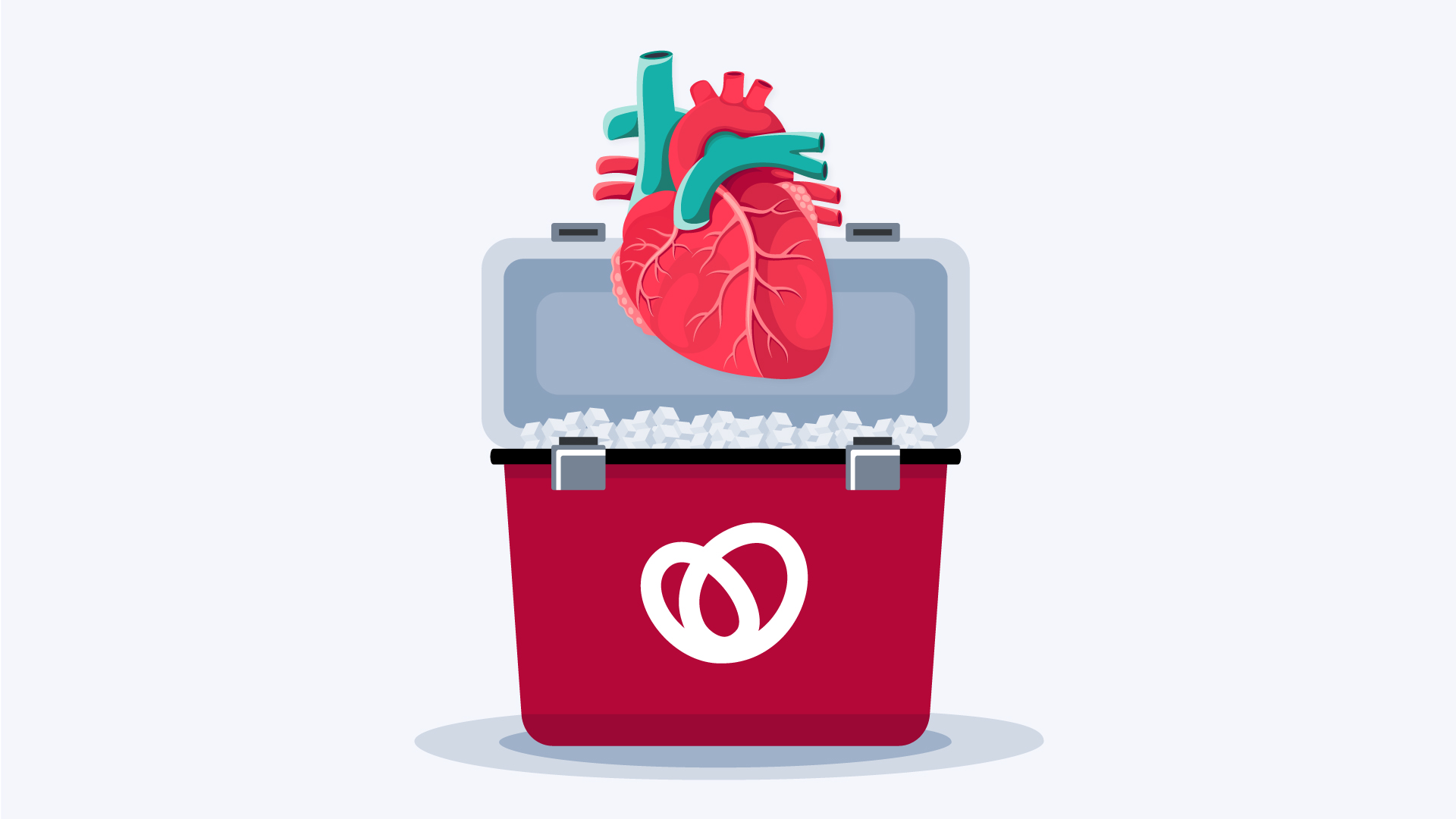
It’s a remarkable feat of science and innovation. To transplant a heart from one human being to another.
Symbolically, it is to give a second chance at life to another person; One family's sadness transcends to another's joy.
This week, the University of Ottawa Heart Institute (UOHI) is celebrating 40 years of performing life-saving heart transplants, the first being completed on May 29, 1984.
Nothing in medicine requires more coordination
Performing a heart transplant is like conducting an orchestra, said Dr. Marc Ruel, a professor and the endowed chair of minimally invasive cardiac research in the Division of Cardiac Surgery at the UOHI. Both require the precise coordination of multiple components to achieve a harmonious outcome.
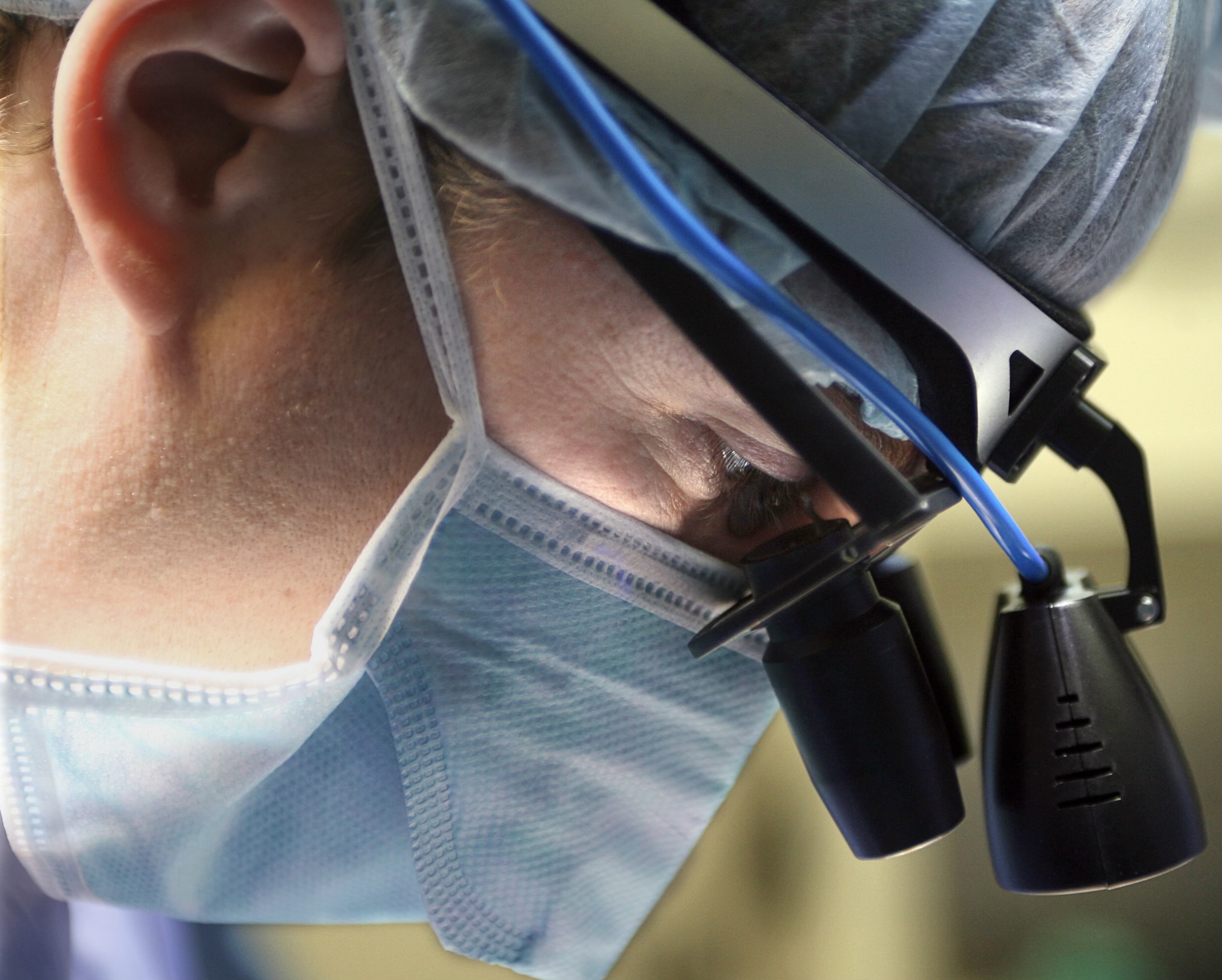
“The surgeon conducts the transplant, and key team members play the notes,” he said. “Each transplant requires so many people to do their job extremely well. Nothing in medicine requires more coordination than a heart transplant!”
Dr. Ruel would know.
For 11 years he led cardiac surgery at the institute, and as past surgical director of the transplant program, he orchestrated the institute’s 498th, 499th, and 500th heart transplants over a single 24-hour period in 2012. The achievement is a landmark in Dr. Ruel’s career as well as the history of the Heart Institute.
“I remember it well,” he told The Beat. “I felt on a high! Frankly, this remains one of the best days of my life.”
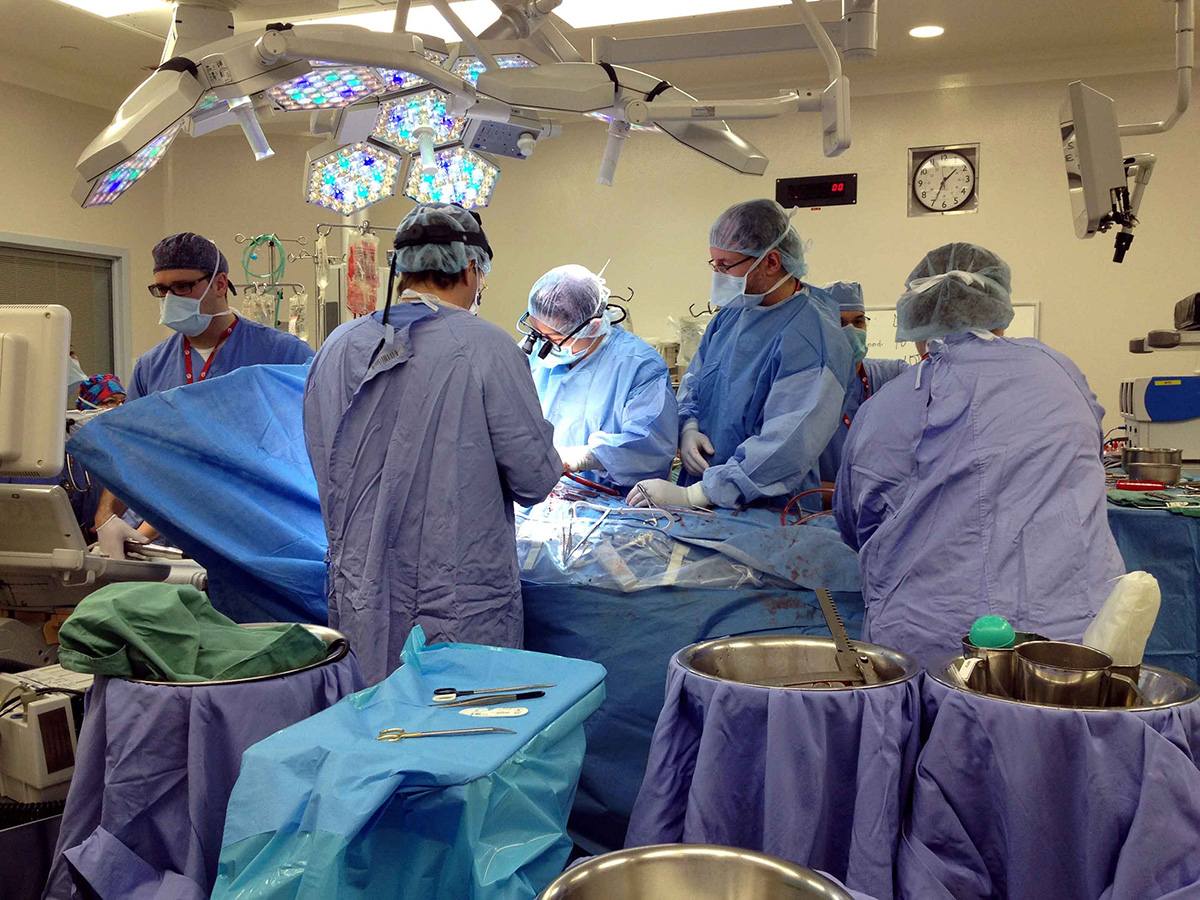
A “concert of care” on the world stage
If heart transplantation is anything like an orchestra – “a concert of care” as Dr. Ruel puts it – then the Heart Institute’s transplant program is one fit for the world stage.
Patients are referred first to the Heart Transplant Clinic where they receive expert care and assessment. To determine whether an individual is eligible for transplantation, the clinic’s multidisciplinary team of experts administers and reviews numerous tests.
Each patient is assigned a nurse who is available to answer their questions and concerns, and who liaises with the medical team to provide timely care.
Once testing is complete, a transplant committee comprised of cardiologists, surgeons, nurses, a psychologist, a social worker, and other allied healthcare professionals discuss eligibility. Candidates on the waiting list continue to undergo tests and evaluations to ensure their condition remains stable.
Nurse Kyla Brown said patients of the Heart Transplant Program are committed to their care. The institute’s transplant coordinator since 2020, Ms. Brown said her patients face health challenges with ongoing strength and bravery.
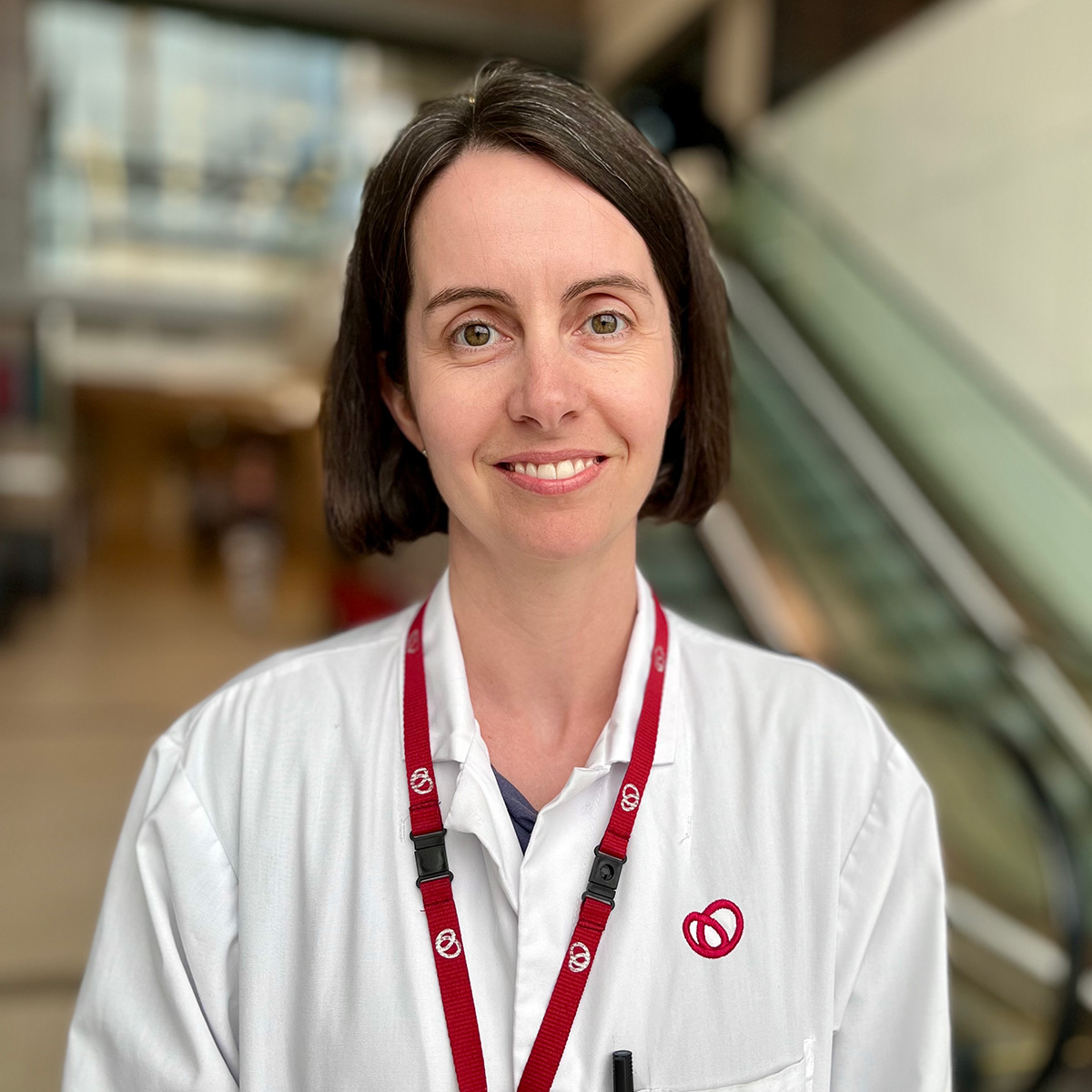
Thanks to advances in the field – particularly those having to do with care in the weeks, months, and years leading up to and after transplantation – patients are living longer and with a better quality of life.
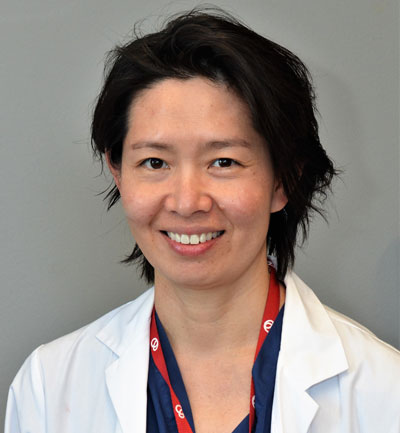
Dr. Sharon Chih is an advanced heart failure-transplant cardiologist and the medical director of the Heart Transplant Program at the UOHI.
“Over the last decade, we have seen many changes that have expanded the donor pool, including transplantation from donors after circulatory death, ex-vivo machine perfusion of donor organs, and the safe use of hearts from hepatitis C positive donors,” she said.
The ex-vivo perfusion model can boost the number of viable hearts in the donor pool and extend the shelf life of those organs, said Dr. Hadi Toeg, who is the surgical director of the UOHI Heart Transplant Program. The “heart-in-a-box” model as he calls it is one advance enabling harvesting teams to collect donated organs from farther away and to preserve their function beyond the traditional window.
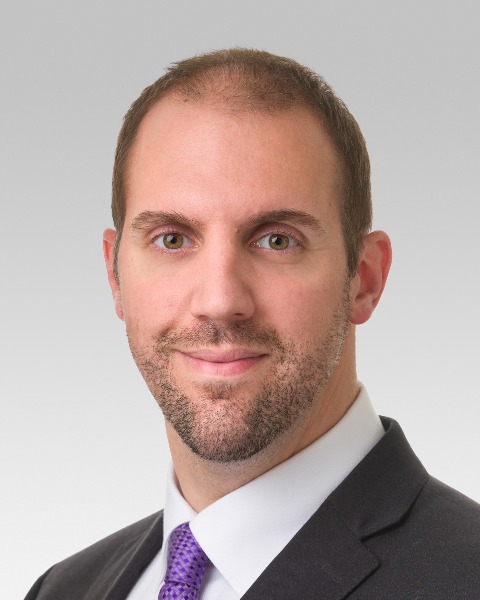
It has become increasingly common for the institute to support end-stage heart failure patients with life-saving mechanical hearts or durable left ventricular assist devices as bridges to transplant.
Such devices take over for damaged ventricles and valves to pump enough blood throughout the body to maintain healthy circulation.
There have been significant improvements in post-transplant care as well, said Dr. Chih, such as immunotherapy to prevent and treat rejection, and non-invasive testing, such as blood tests and positron emission tomography to monitor for complications.
Cardiac allograft vasculopathy, a dangerous condition that causes the blood vessels supplying blood to the heart muscle to become narrowed and eventually blocked, is one such complication the Heart Institute is detecting and treating earlier with advanced imaging.
There’s no “I” in transplant
Both Dr. Chih and Dr. Toeg, transplant cardiologist and surgeon, must work in tandem to coordinate the transplant team, ensuring proper donor organ selection and peri-operative coordination is accomplished.
Similarly to Dr. Ruel, Drs. Chih and Toeg attribute the success of the Heart Transplant Program to the work of a multidisciplinary team.
“We have a large team that includes cardiologists, cardiac surgeons, cardiac anesthetists, cardiac intensivists, nurses, psychologists, social workers and cardiac rehabilitation,” she said. “Every member has a vital role and is one piece of the puzzle for getting a patient through a successful heart transplant and keeping them well in the long-term.”
“There can be days of pre-operative planning, donor selection, and discussion with the transplant team to prepare for an eventual surgery,” said Dr. Toeg. As a transplant surgeon, he must be adept and possess exceptional technical skill to ensure excellent patient outcome. “There is a sense of excitement, joy, and a rush of adrenaline that pushes me through each transplant surgery,” he said.
“The only heart I’ve ever known”
There is perhaps no better testimony to the quality and efficacy of the program than Jeffrey Gleeson.
Gleeson was born with two conditions: hypoplastic left heart syndrome, a severe congenital heart defect in which the left side of the heart is underdeveloped, and dextrocardia, when the heart is positioned on the right side of the chest instead of its normal position on the left.

In 1989, at just six-weeks-old, he underwent critical heart transplant surgery at the Heart Institute. Today, at 34 (and counting!) he is the longest-living survivor of the program still alive.
“I guess you can say I am the record-holder,” Gleeson joked. He said his donor heart, having received it at such an early age, is the only heart he has ever known. He receives regular care and follow-up at the Heart Institute, though otherwise said he lives a relatively normal life.
“I can do just about anything anyone else can do,” he said. “I mow the lawn. I snow shovel. Other than taking medication twice a day, I wouldn’t’ say my heart transplant has changed the way I live.”
Mr. Gleeson recently extended warm congratulations to the staff at the Heart Institute on its 40-year milestone.
“I thank the Heart Institute for all the years they have helped me and supported my parents,” he said. “Congratulations on 40 years of transplants. It’s a great achievement that has changed hundreds of lives over the years. I am happy to have been a part of it.”
“It is inspiring to witness the profound impact our institute has had on the lives of hundreds of individuals like Jeffrey Gleeson. From the first successful heart transplant in 1984 to the ongoing advancement of our understanding of the heart and how it operates, we have become a global beacon of hope for patients waiting to receive a heart,” said Dr. Rob Beanlands, the Heart Institute’s president and CEO.
“This milestone is a testament to the dedication and expertise of our entire team. Their commitment to compassionate care, meticulous attention to detail, and relentless pursuit of excellence has been instrumental in our success.”
Heart transplant statistics
- 738: Transplants at the Heart Institute since the program began in 1984.
- 272: Surviving transplant patients followed by the Heart Institute.
- 15: Median years of patient survival post-transplant.
- 35 years: Most years a patient with a single transplant at the Heart Institute has survived.
- 6: Length of a typical heart transplant operation, in hours, from start to finish.
- 8-9: Size of the operating room medical team during a transplant operation — one surgeon, one retrieval surgeon, one surgical assistant, one anesthetist, one anesthetist technician, one perfusionist and two-to-three nurses.
A North American leader in transplant care
The University of Ottawa Heart Institute is one of the top hospitals performing heart transplants in Canada.
“Only a small number of centres across the country and United States can say they have [performed more than 700 heart transplants],” said Dr. Hadi Toeg. “This could only be achieved because of the utmost dedicated team members in the transplant community at the Heart Institute.”
“I look forward to the next 40 years of excellent patient outcome and innovation, and to continue working with a cohesive, dedicated, and thoughtful team.”
On average, over 100 patients are on the waiting list to receive a heart transplant across Canada.
Never miss a Beat
Want interesting stories like this delivered straight to your inbox as they happen? Subscribe to our mailing list.

